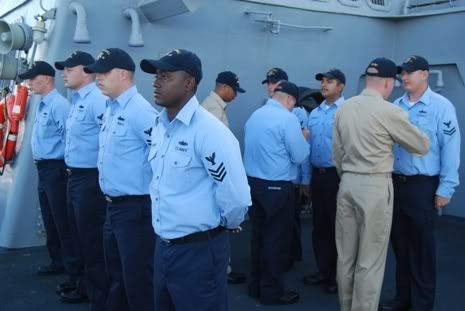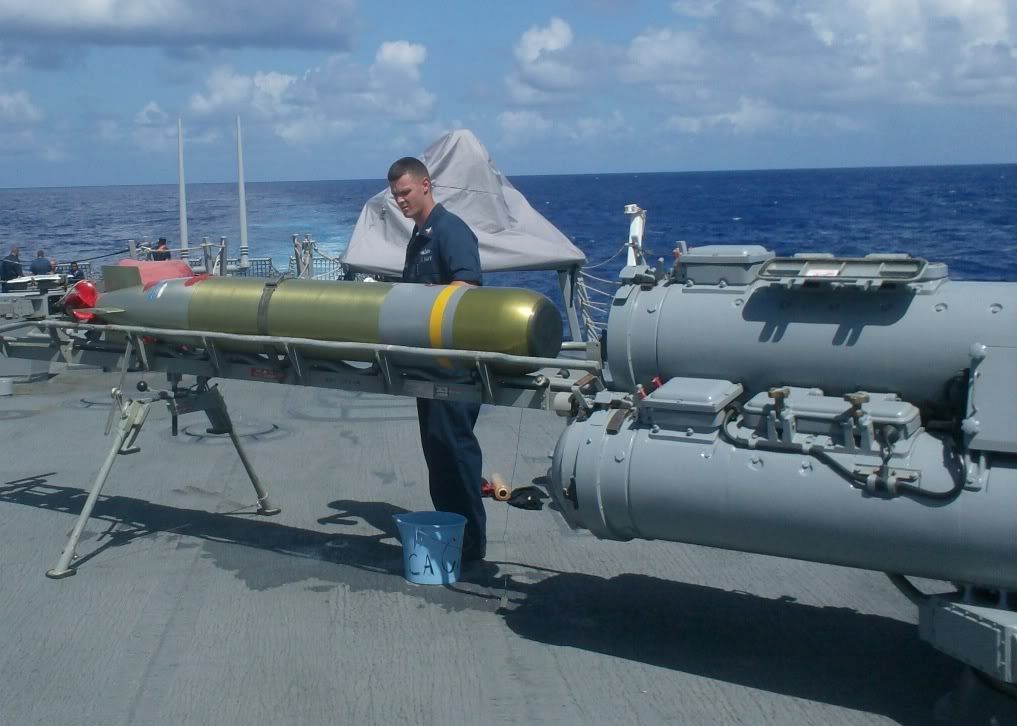A Moment to Pause and Remember
The ship paused on its trek a couple of days ago to take care of some solemn business. When we departed Pearl, we were entrusted with the cremated remains of thirteen brothers-in-arms to be committed to the deep. Small ships have no facilities to store casketed remains, but the larger ships frequently accept them for burial.
Most Americans - and even many veterans - don’t realize that any honorably discharged veteran of any of the armed forces is entitled to a burial at sea if they or their loved ones choose. Indeed, the majority of services I’ve been involved with haven’t been veterans of the Navy. Perhaps they had some connection with or love of the sea, or perhaps it was the best option for the serviceman’s survivors.

Just over a score of volunteers perform the ceremonies aboard RUSSELL, and they’re well practiced. It all starts with the ship lying to and passing the word, “All hands prepare to bury the dead.” The remains and the ceremonial flag are marched through an honor guard to the front and center. One of the ship’s lay leaders, or a chaplain when one’s available, reads a psalm, Scriptures and a prayer.
The remains are marched to the deck edge and presented to the officer who will scatter them as the honor guard fires three volleys and the Boatswain Mate of the Watch plays taps over the ship’s announcing system. The flag is then received by the Command Master Chief as the leader of the burial at sea detail, who then presents it to the Commanding Officer as the representative of the family.

All of this gets recorded on a DVD and returned to the family with the flag, 21 spent casings and a chartlet that marks the location of the service.
I recall performing burials at sea long ago when I was an Ensign, but it seems like there has been a dramatic increase in the numbers in the last few years. Perhaps that’s because the veterans of the Second World War are beginning to leave us. And with them go much of our history.

















































